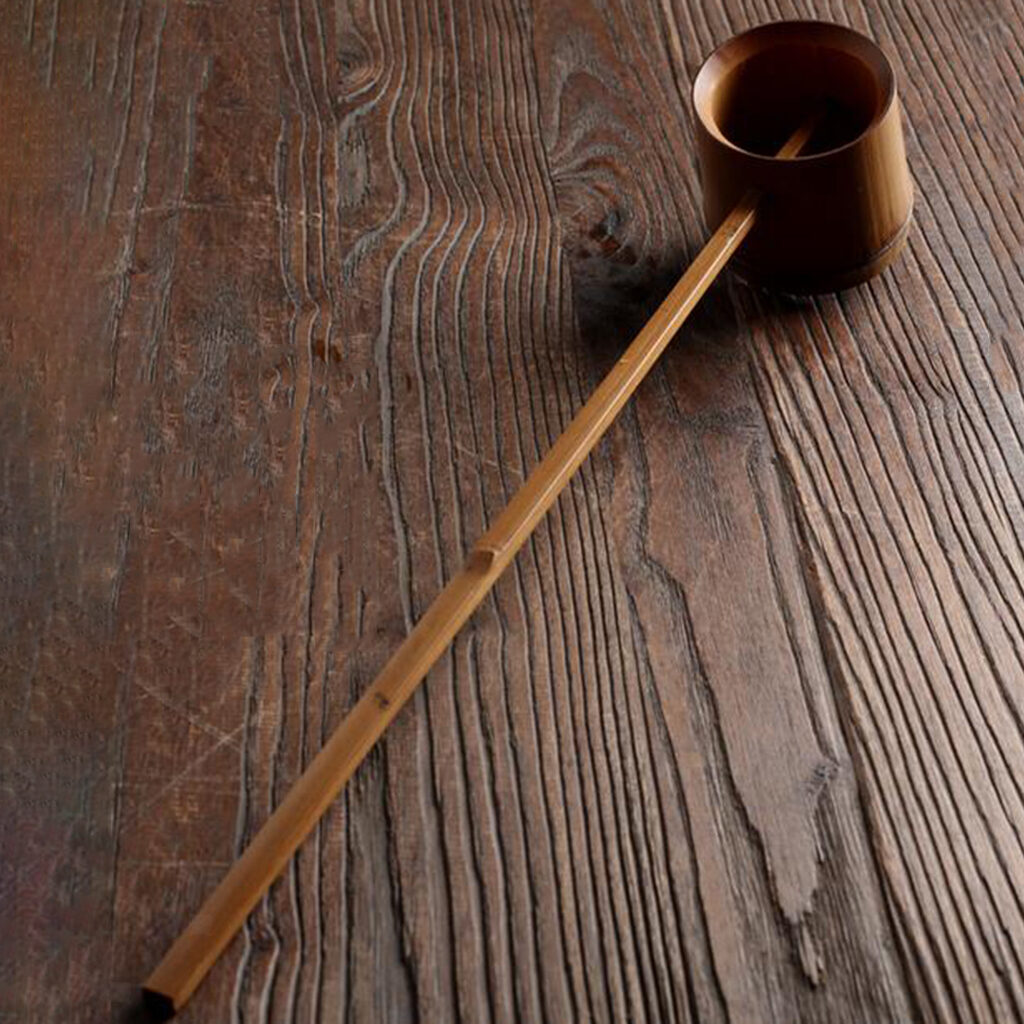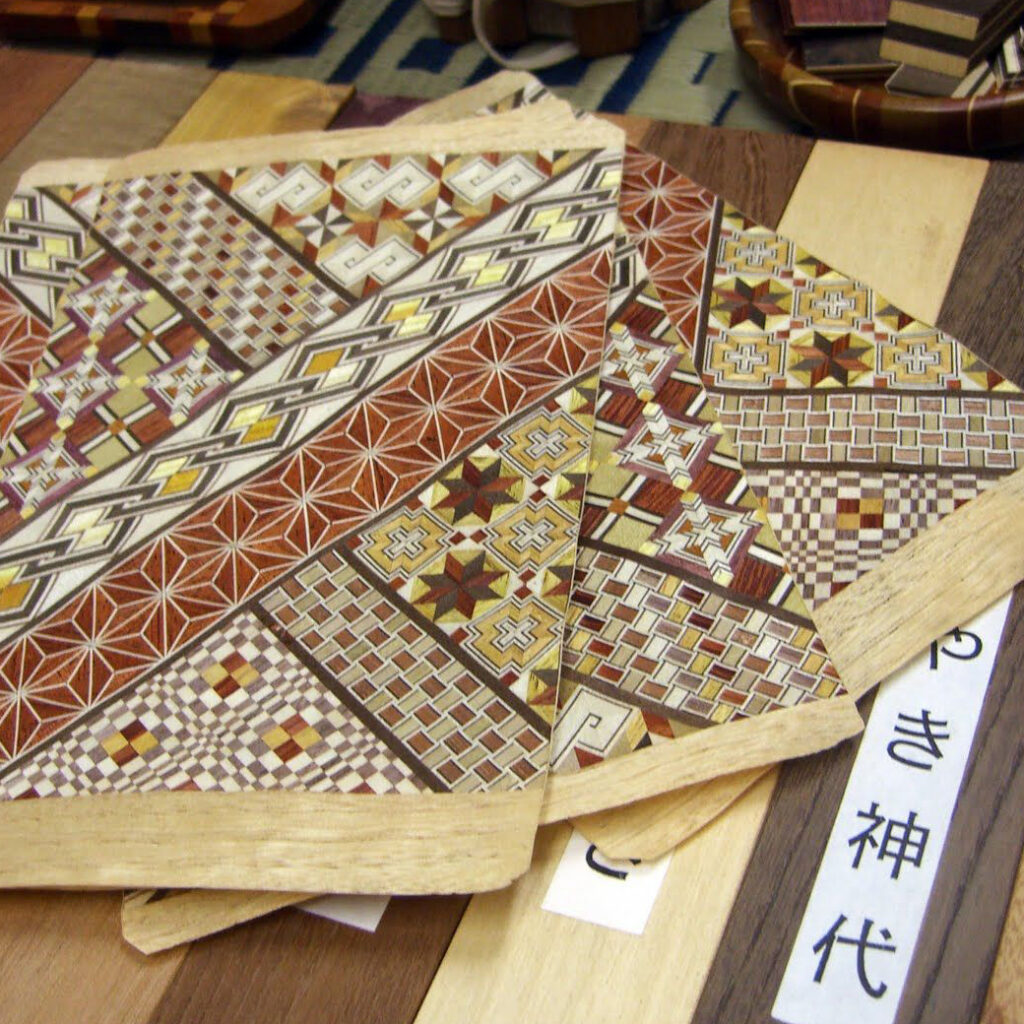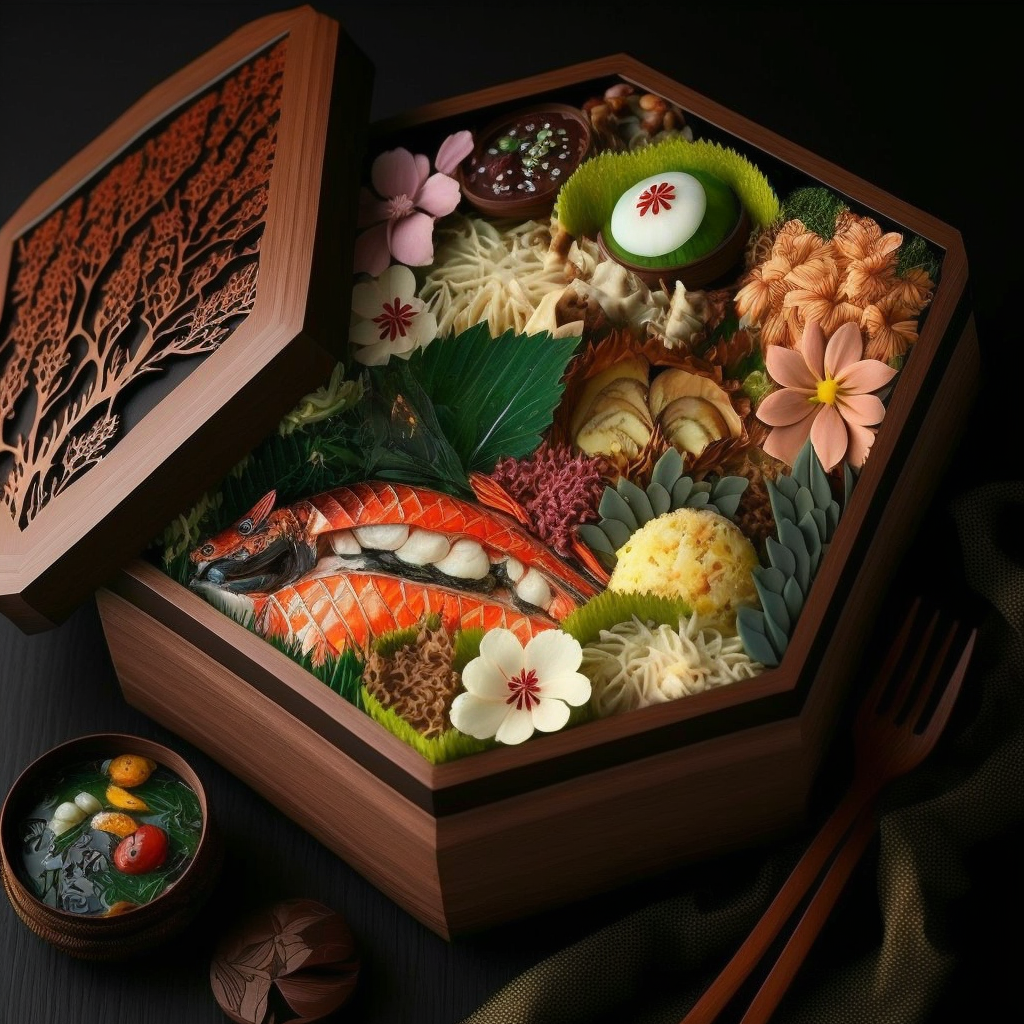Hishaku is a traditional Japanese utensil used to serve hot or cold water in a tea ceremony or to water plants. It is made of wood, often bamboo, and can be decorated with traditional carvings or designs. In this article, we will explore the history and use of hishaku, as well as its cultural significance.
History of hishaku:
The use of hishaku dates back to the Heian period (794-1185) in Japan. Early hishaku were often made from natural materials such as wood, horn or bone, and were often decorated with patterns and engravings depending on their use. Over time, hishaku became an essential utensil for the Japanese tea ceremony, or chanoyu, and became a symbol of elegance and simplicity in Japanese culture.
Use of hishaku:
The hishaku is used to serve hot or cold water in a tea ceremony, often in combination with a teapot, tea bowl and chasen (a bamboo whisk). Hishaku is also used to water plants in purification ceremonies, such as Shinto and Buddhism.
When used in a tea ceremony, the hishaku should be held in such a way that it does not touch the mouth or hand of the person holding it. It is also important to keep the hishaku clean and dry, as it may be considered rude to serve water with a dirty or wet hishaku.
Cultural significance of hishaku:
Hishaku is considered a symbol of elegance and simplicity in Japanese culture. It is used in many aspects of daily life, such as the tea ceremony, purification ceremonies, watering plants and even Japanese cooking. The use of hishaku is also seen as a way to show respect and appreciation for others and for nature. This ladle is also used near the washing basin (chōzubachi) in Zen gardens and Shinto shrines, to wash one’s hands, purify one’s body and mind by rinsing one’s mouth before worshipping the gods or Buddhas. A chōzuya or temizuya (手水舎 ) is a Shinto water pavilion for ritual ablutions a purification rite known as “temizu”.
The “chōzubachi” later evolved into what is known as a tsukubai (つくばい) which has become a mainstay of the Japanese tea ceremony.The Tsukubai is a small, usually round stone basin fed by a bamboo pipe (kakei) that is located within the courtyard that surrounds the tea house. In fact, there are different types of Tsukubai depending on their size and material (plastic, metal) and their use.
Find our traditional Japanese ladles here



